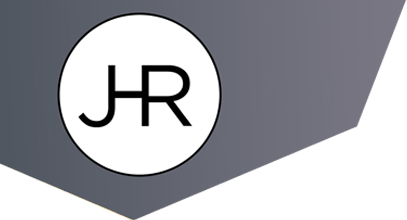 Winemaking is an age-old craft that is embraced and celebrated by people across the globe, yours truly included. The business of wine is as expansive and ever evolving as the craft itself, especially in our modern age where small wineries are able to use cutting-edge marketing tools and social media to compete with established brands or wineries hailing from well-known growing regions.
Winemaking is an age-old craft that is embraced and celebrated by people across the globe, yours truly included. The business of wine is as expansive and ever evolving as the craft itself, especially in our modern age where small wineries are able to use cutting-edge marketing tools and social media to compete with established brands or wineries hailing from well-known growing regions.
It’s this regional aspect of wine that I want to focus on in this blog post. As new winemakers begin to think about naming their products and how they will uniquely position themselves in the marketplace, there’s a geographical angle to wine products that must be considered in the process.
What is a Geographical Indication (GI)?
A Geographical Indication is a marking or a sign that denotes when a wine product comes from a specific geographic region. Among other information, a Geographical indication can communicate to a consumer that specific qualities or characteristics can be associated with the wine because of its origination and place of production. 
Can I Use a Geographical Indication When Naming or Marketing My Wine Brand?
There are long-standing international practices that dictate how Geographical Indicators can be used on wines. Likewise, we have additional rules here in the United States under the Federal Alcohol Administration Act (“FAAA”) that address the use of geographic terms on labels. Essentially, you can’t use a Geographical Indicator unless you have been given approval by the official group or entity which represents the region in question and has the job of ensuring that certain requirements and standards are adhered to. For example, in order to be classified as “Bordeaux wine,” regional rules dictate what grapes can be used to make the wine and that they must be grown in a specific way and come from the approved Bordeaux area. Similarly, a vineyard in California may make a sparkling wine, but it will not be Champagne which comes only from the Champagne region of France.

How Do I Secure a Geographical Indication for My Wine?
The rules differ depending on the country where the Geographical Indication is being sought. Again, some GI’s are granted by a group of producers or regional authorities. In other countries, Intellectual Property offices are officially tasked with such requests. An attorney who focuses on intellectual property issues for wine growers will be able to help you navigate what may be required to secure any certifications or geographical distinctions.
Don’t Neglect Other Intellectual Property Aspects of Your Wine Business
Obtaining the right to market your product using a specific a Geographical Indicator may provide a great competitive edge in a saturated marketplace, but it is just one sub-piece of an overall intellectual property strategy. The good news is that our attorneys work with winegrowers in the United States and in countries across the globe to ensure that their brands are fully protected and best positioned for growth and success. If you’d like to learn more, we invite you to contact our attorneys at 888-666-0062 to schedule a consultation.
DISCLAIMER: The information contained in this article is for informational purposes only and is not legal advice or a substitute for obtaining legal advice from an attorney
Call our office today to start moving toward achieving your goals.
Call 888-666-0062
New York Offices
(by appointment only)
-
155 Water Street
Brooklyn, New York 11201 - Phone: (718) 246-8482
- [email protected]
Charleston Offices*
(mailing address)
-
210 Rutledge, 2nd Floor
Charleston, SC 29403 - Phone: (888) 666-0062
- [email protected]
*Our South Carolina office will be limited to federal law (Registered to Practice before the US Patent & Trademark Office, Admitted in New York only. Not a member of the South Carolina Bar.
“Attorney Advertising”. Disclaimer and Website Privacy
© 2021 The Law Office of Jason H. Rosenblum PLLC . All Rights Reserved. Site by Web Done Well.




